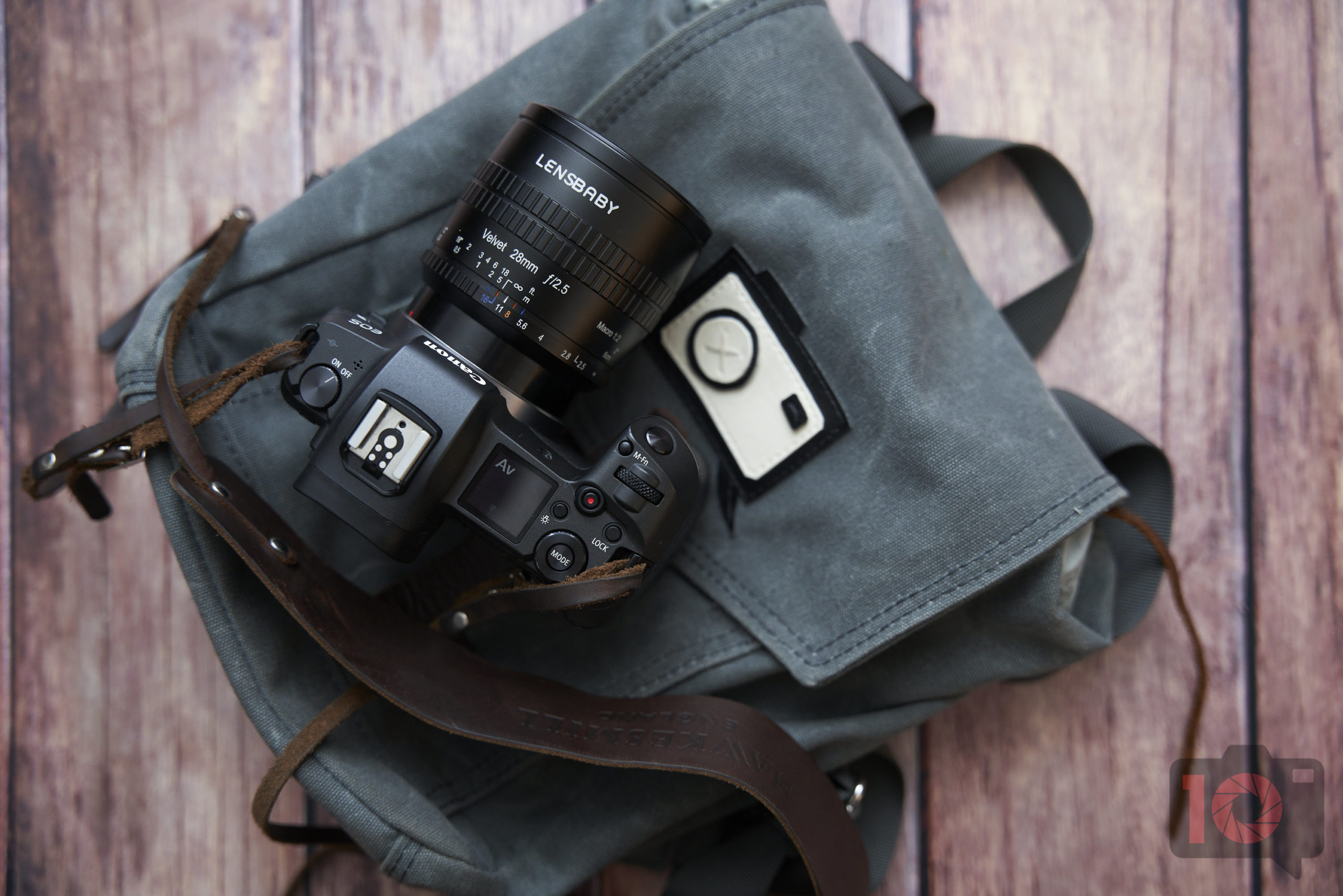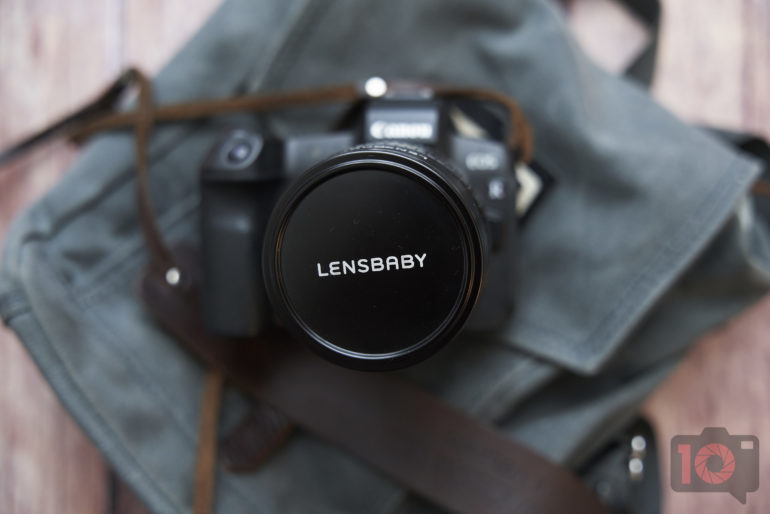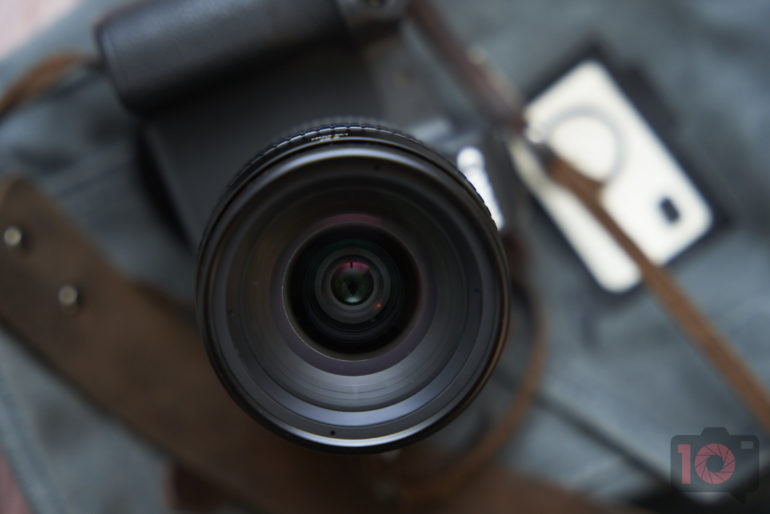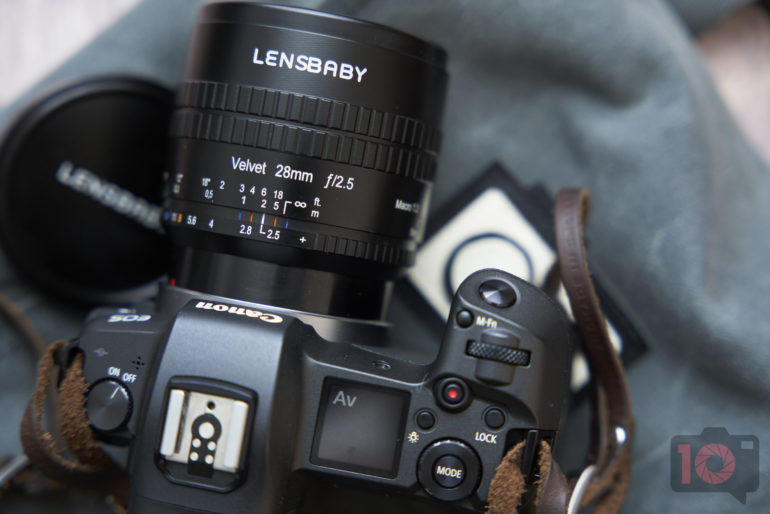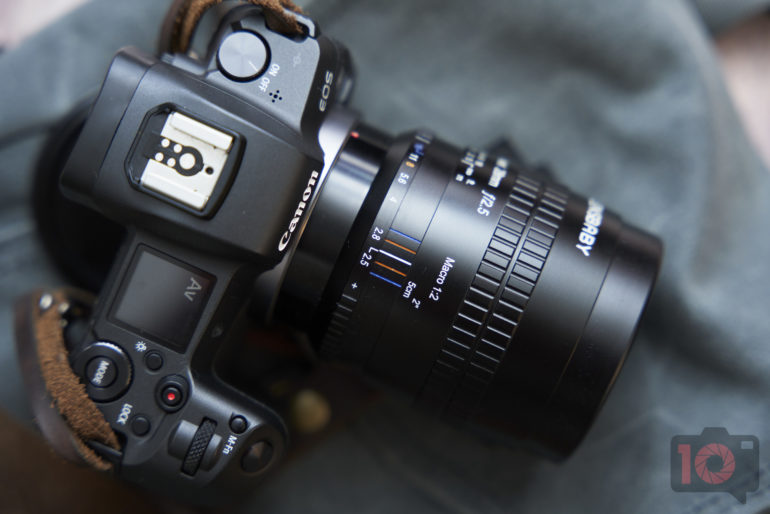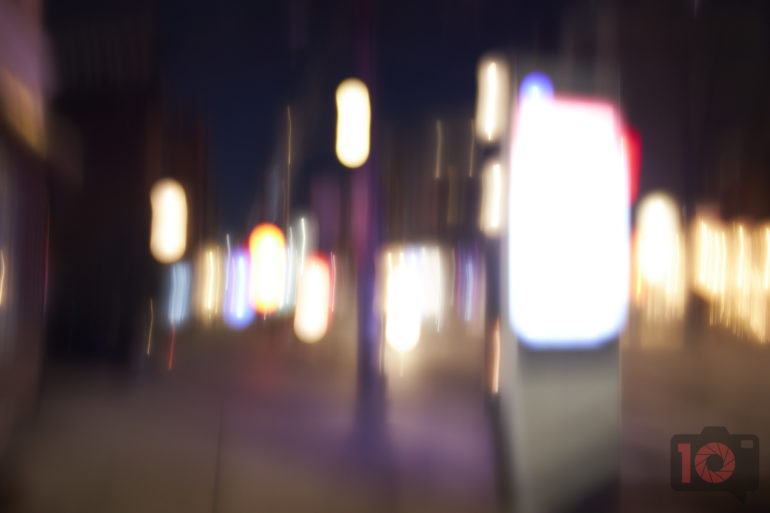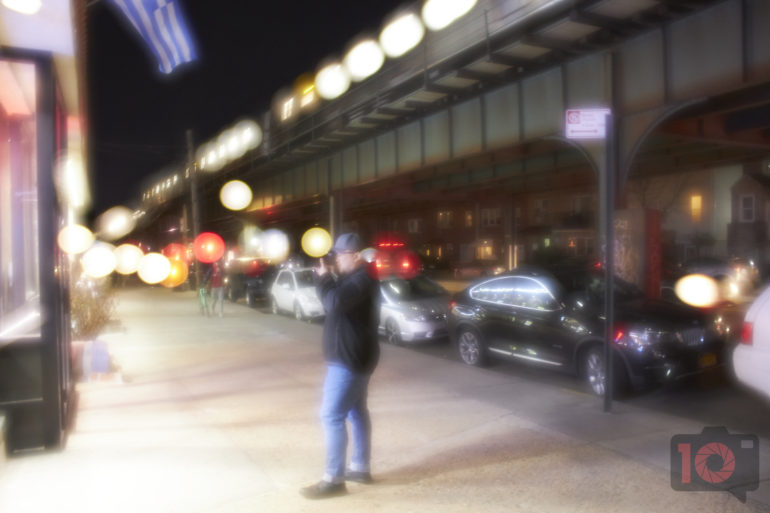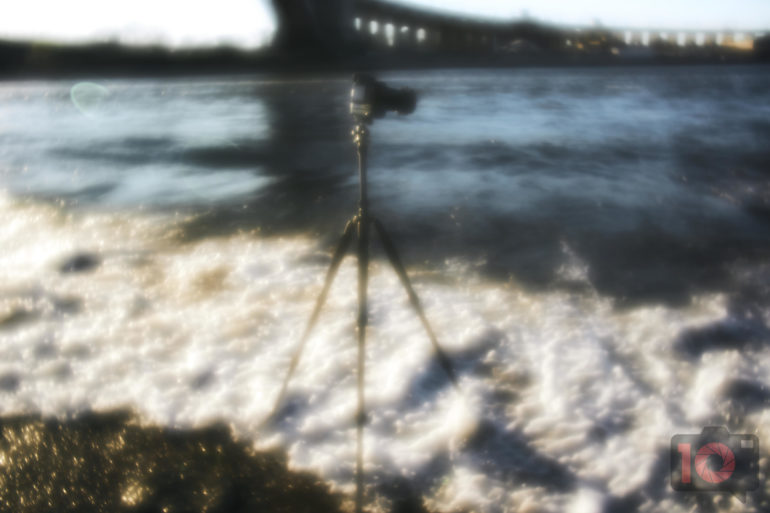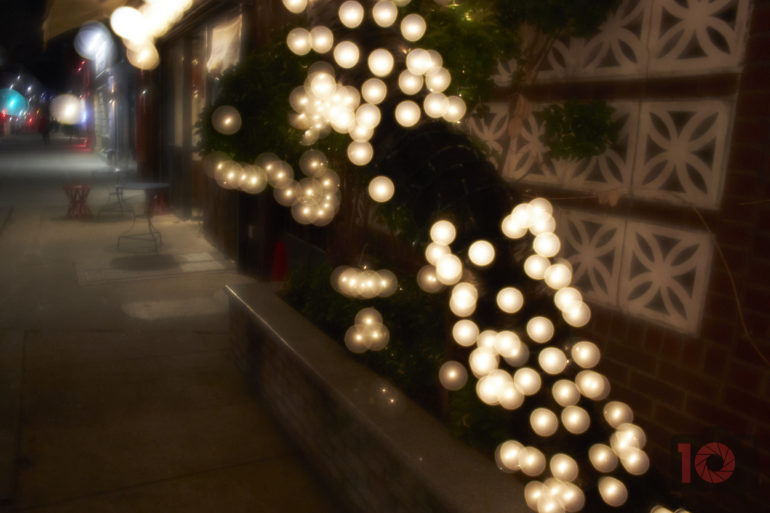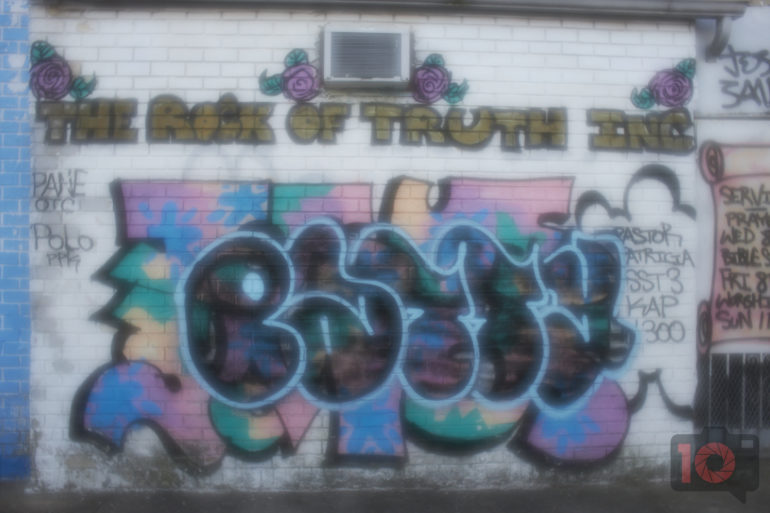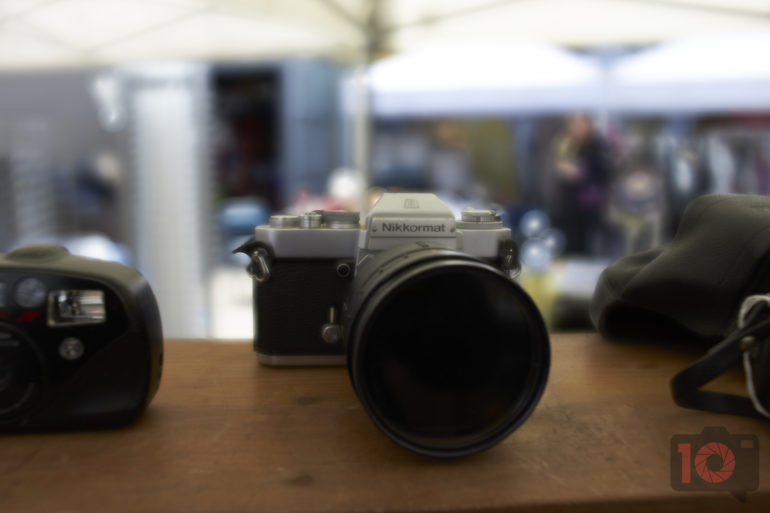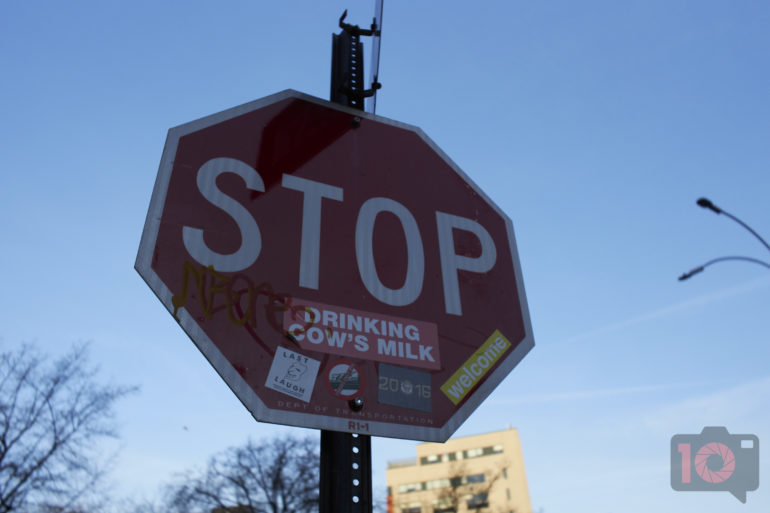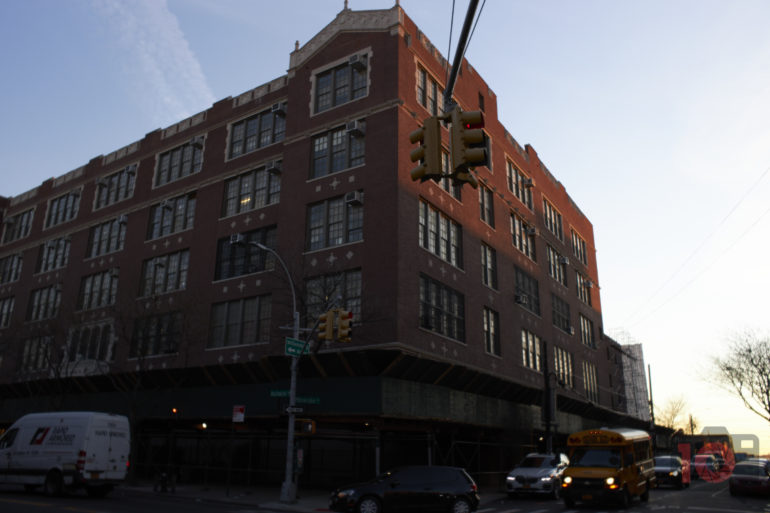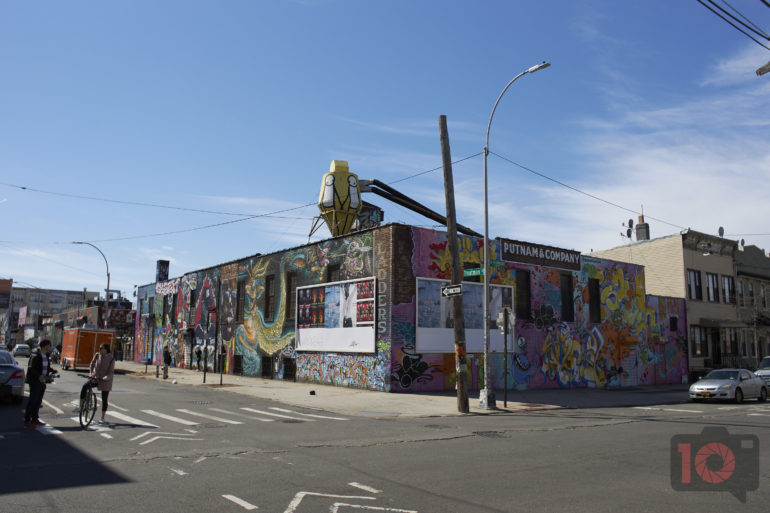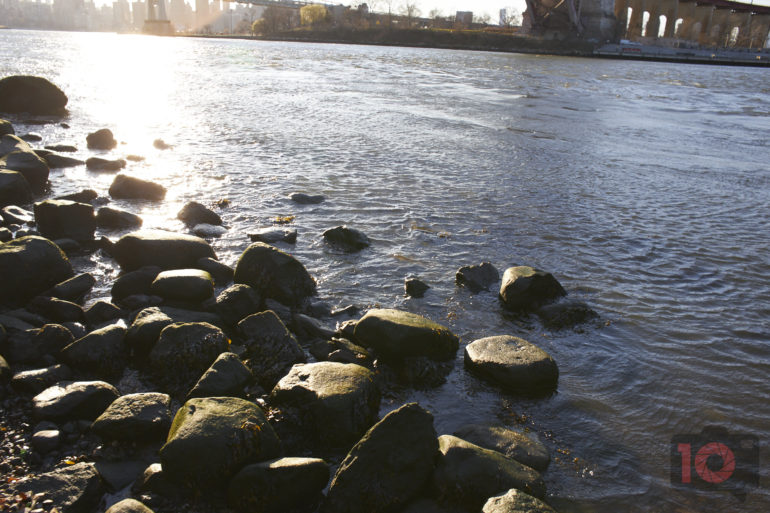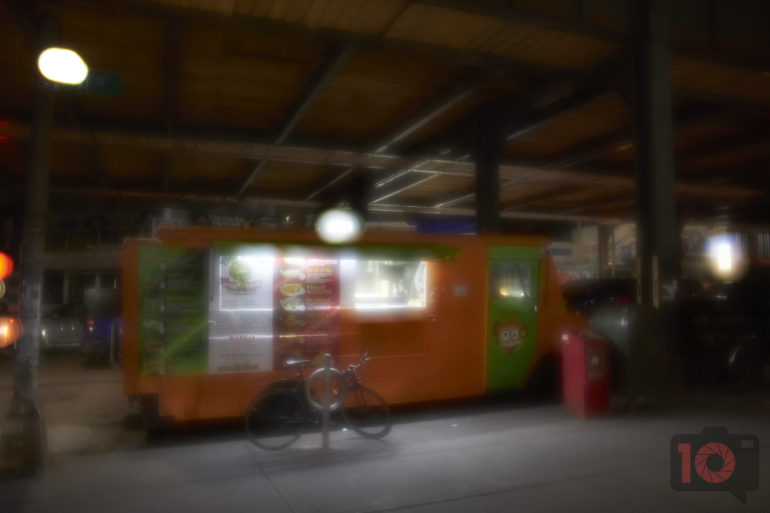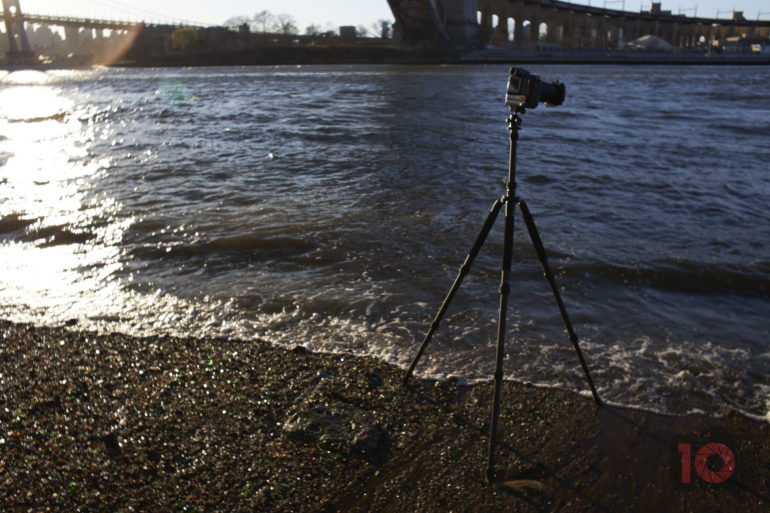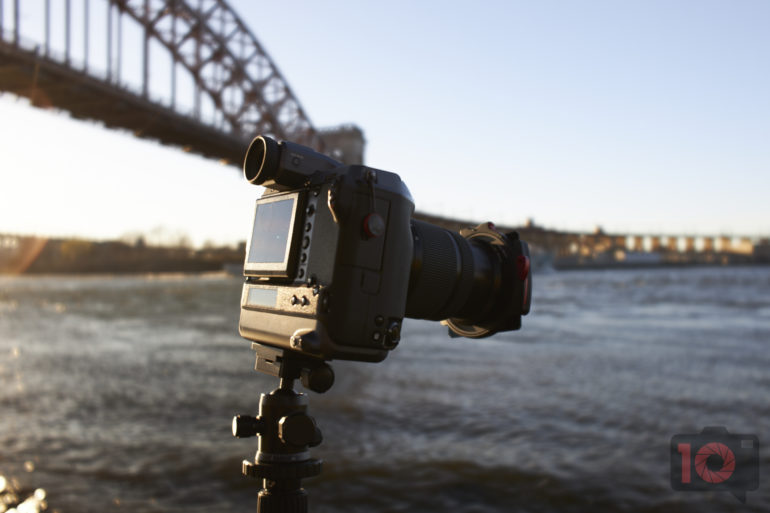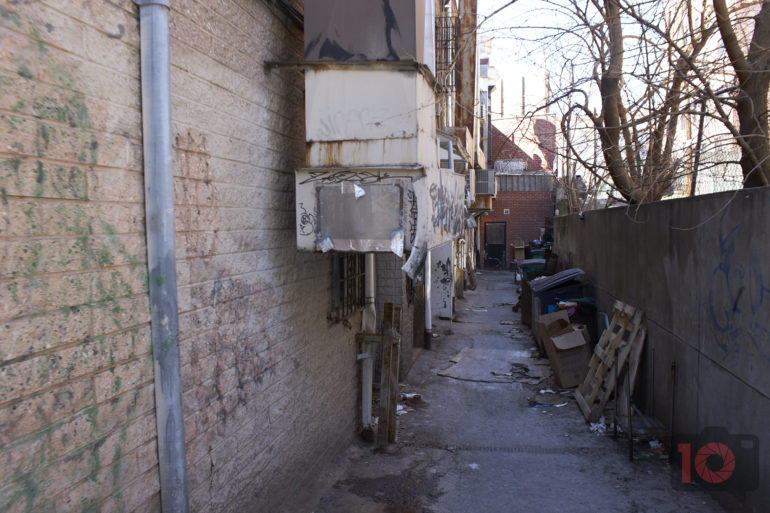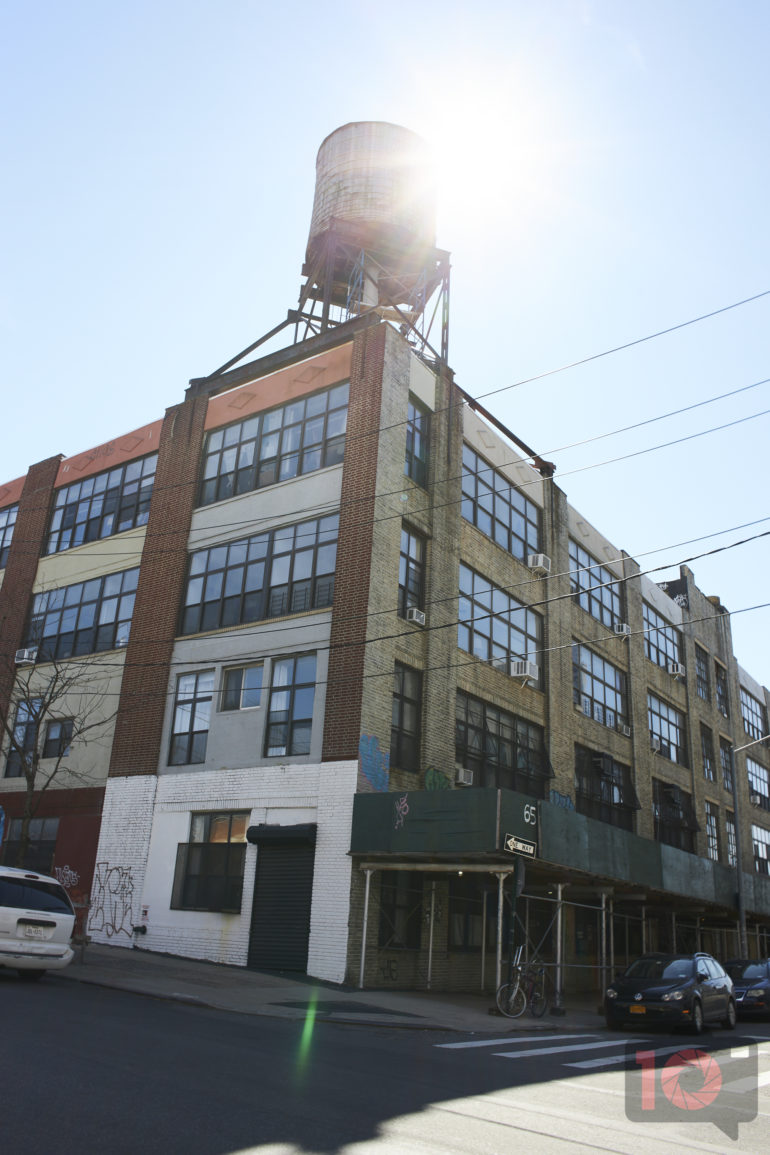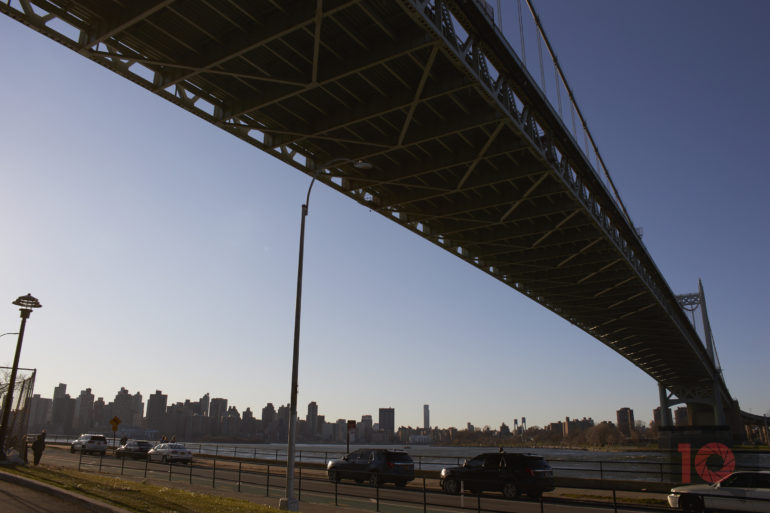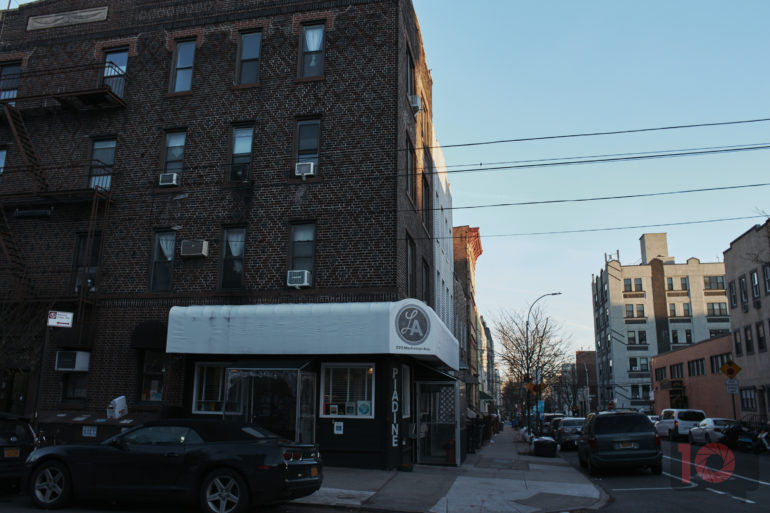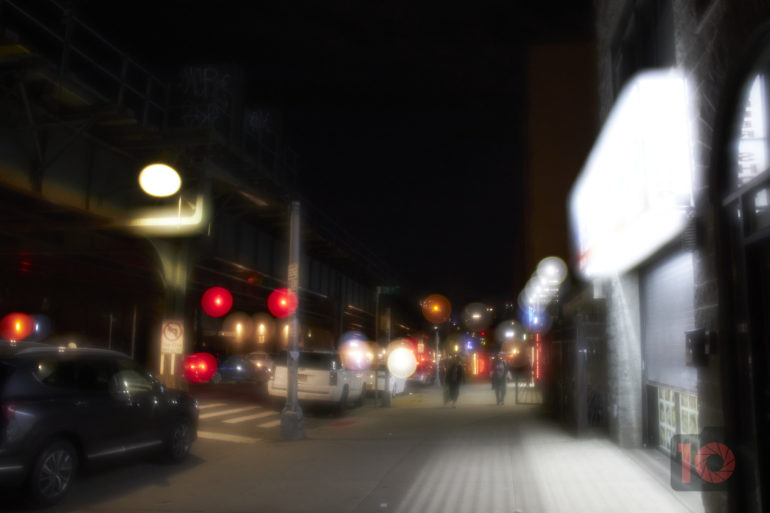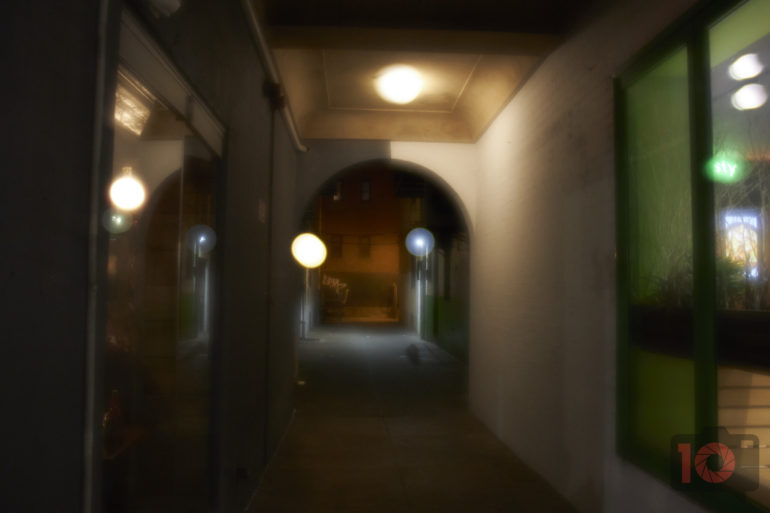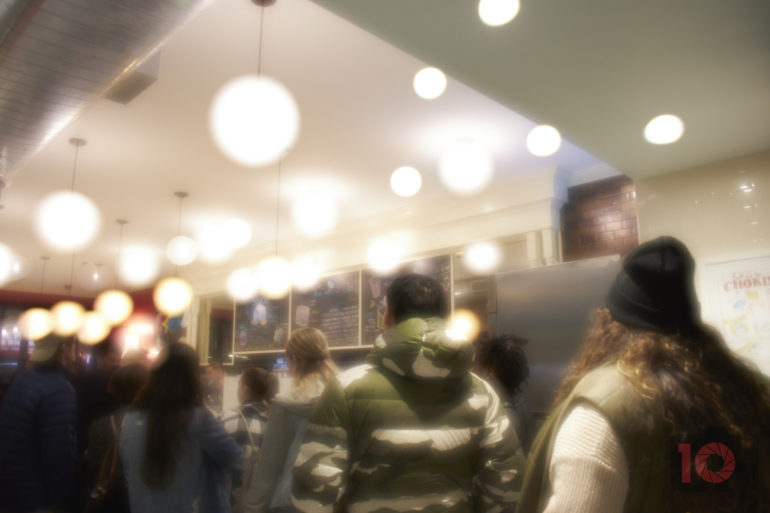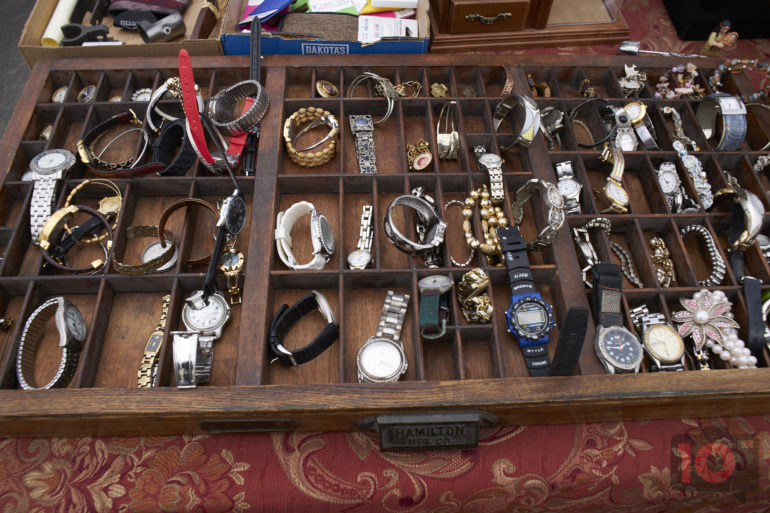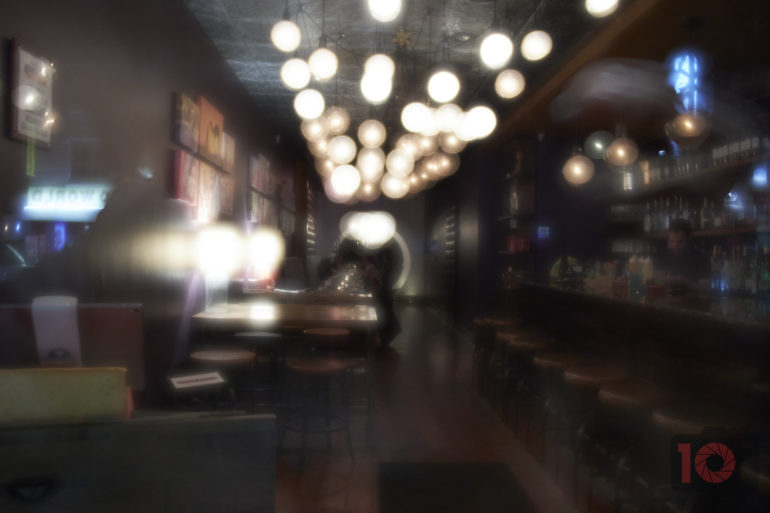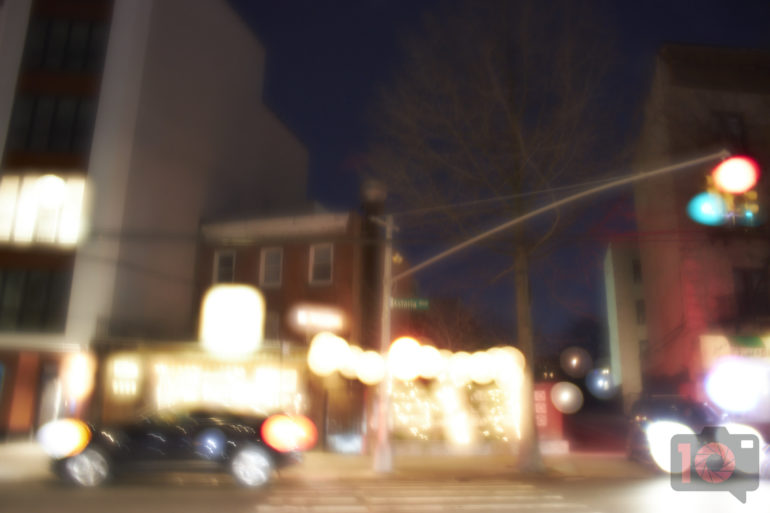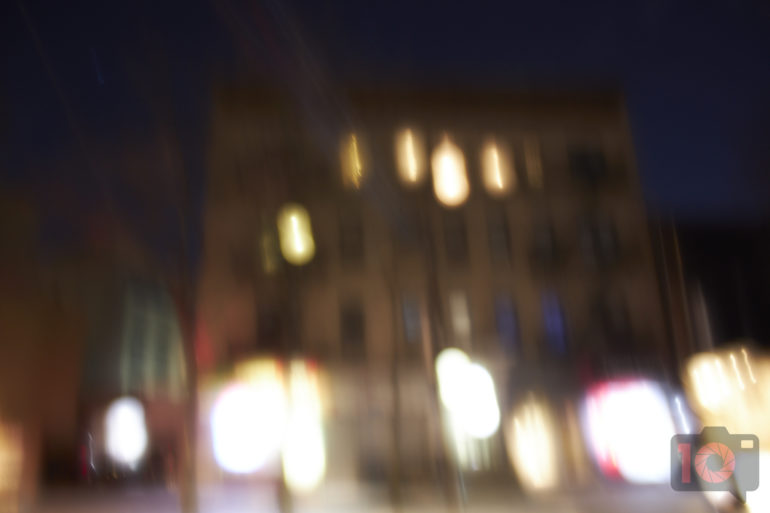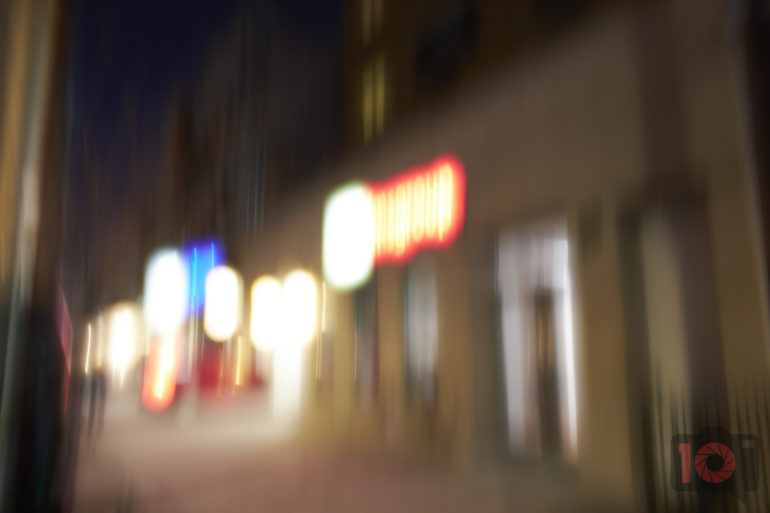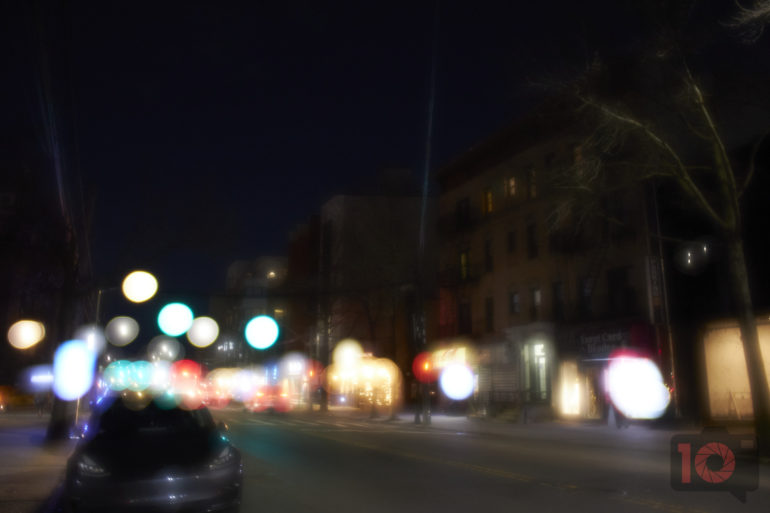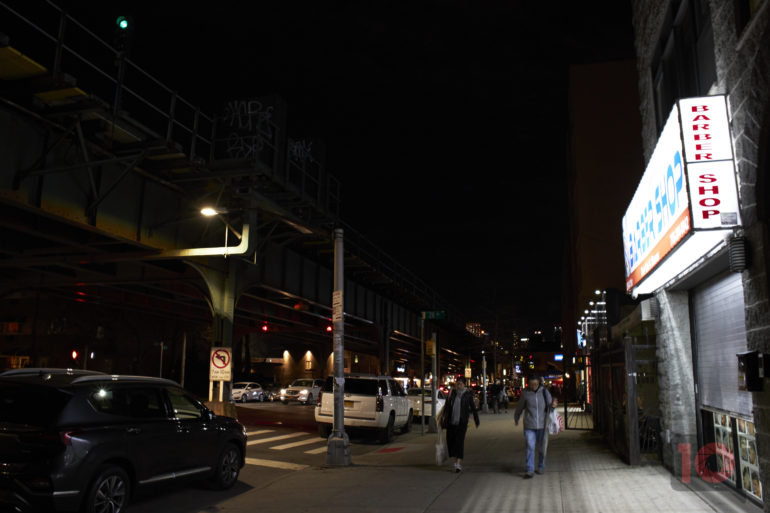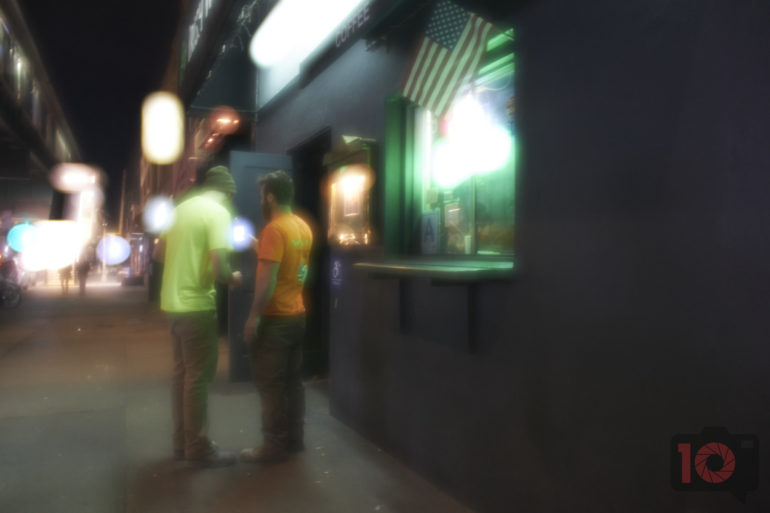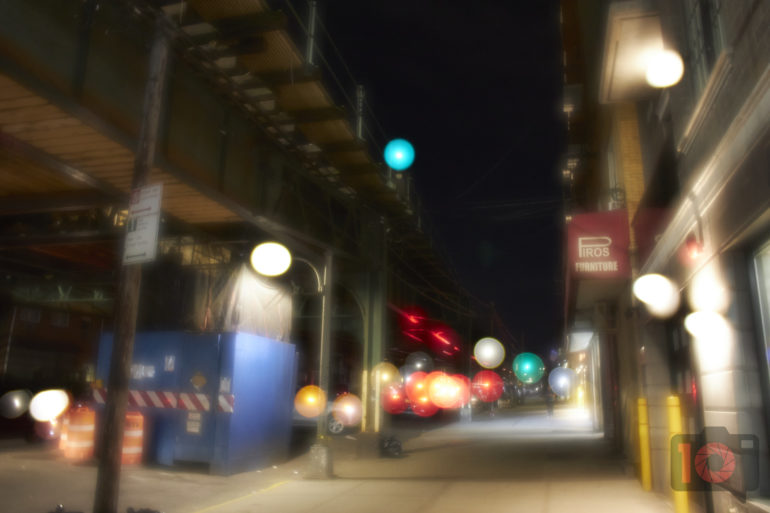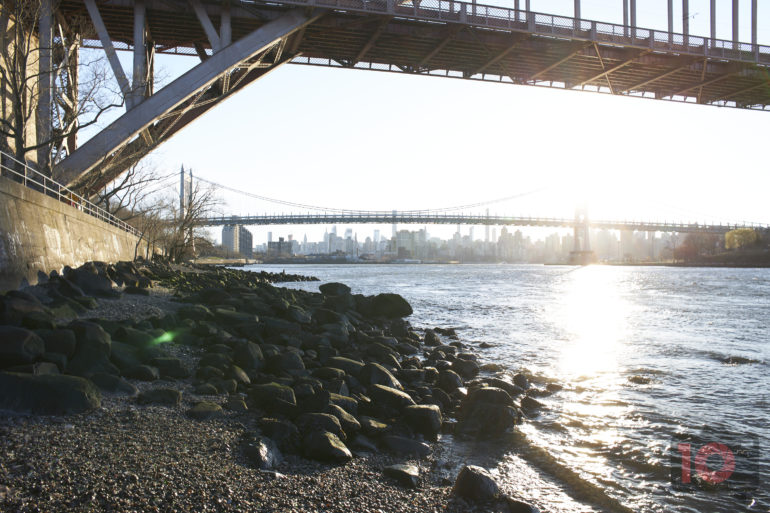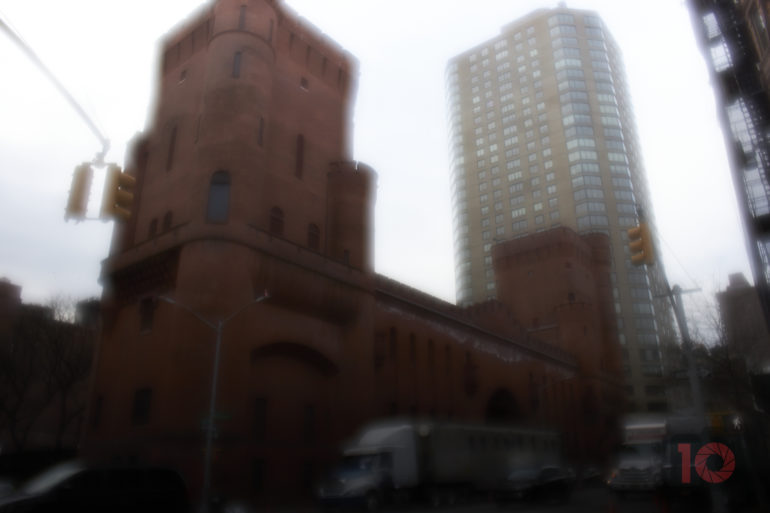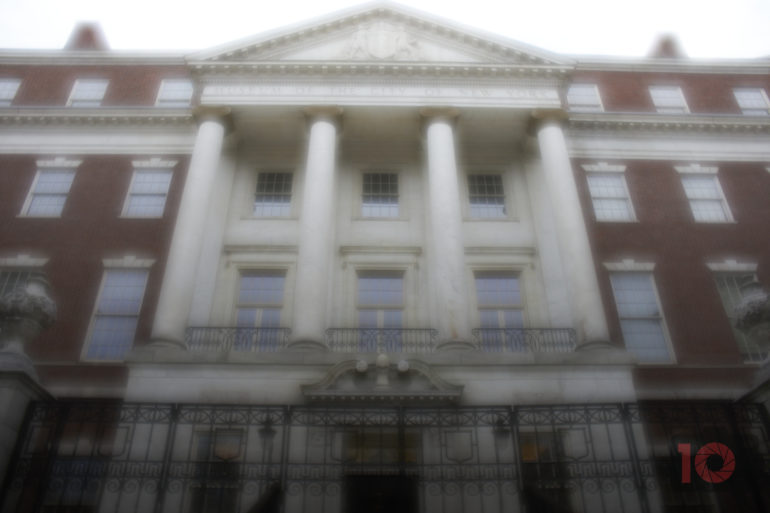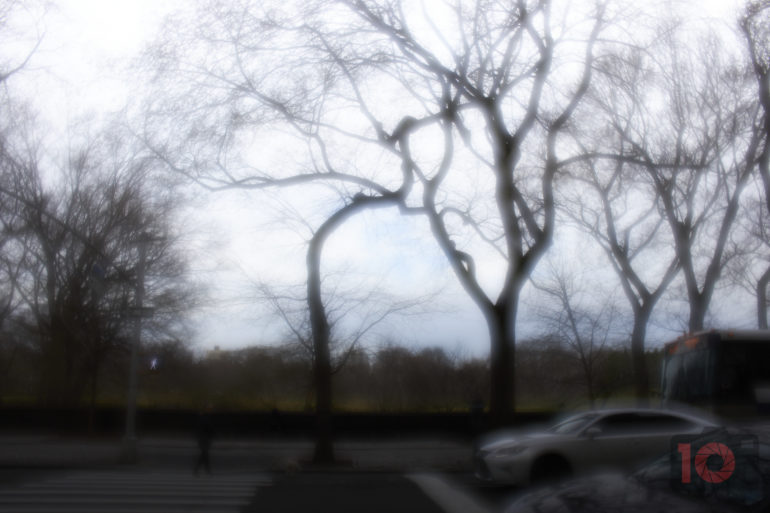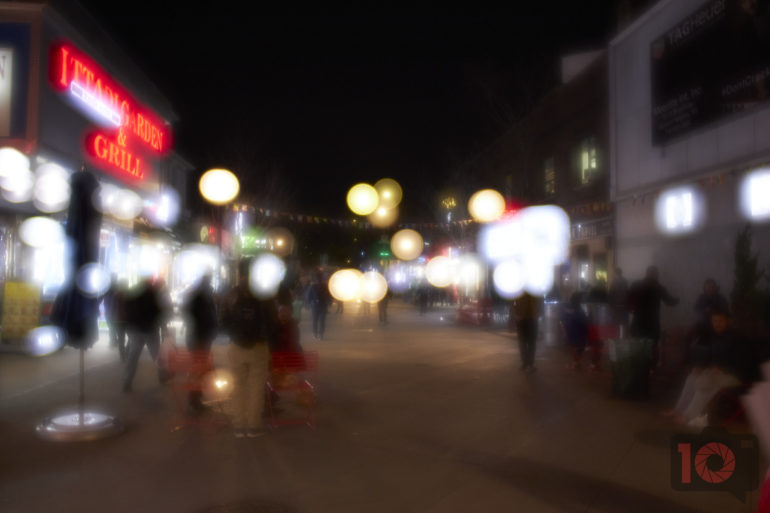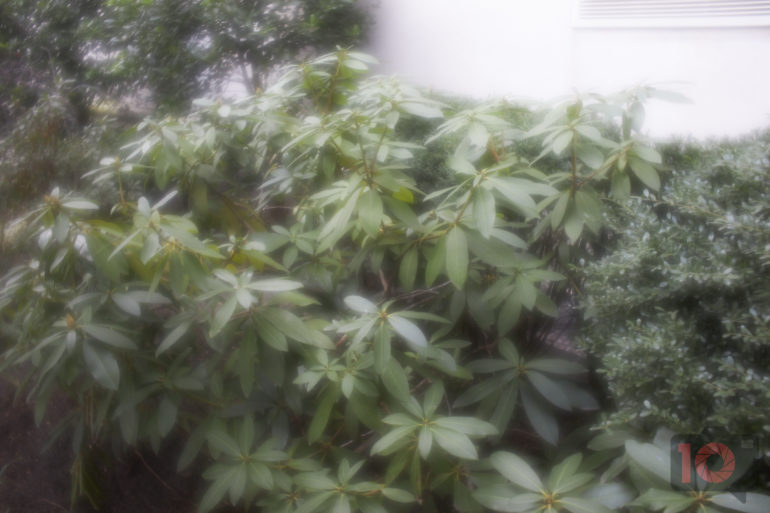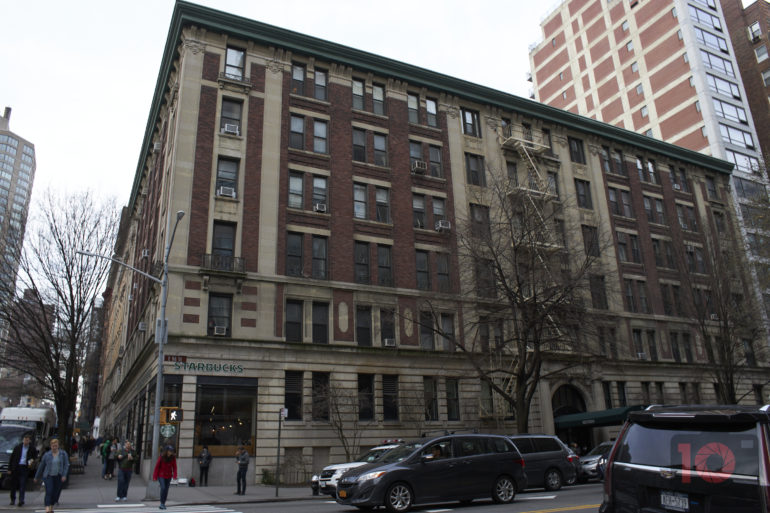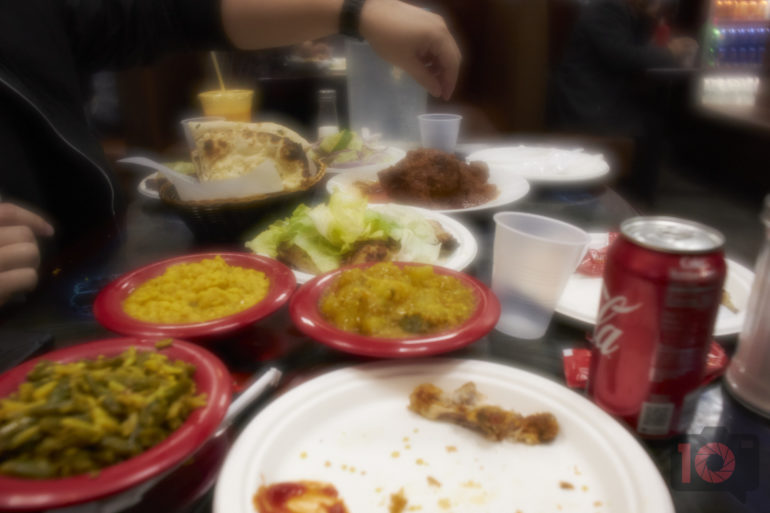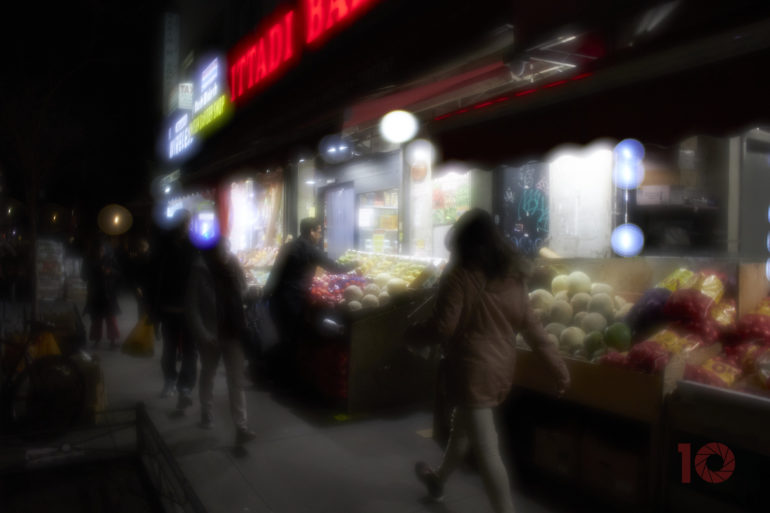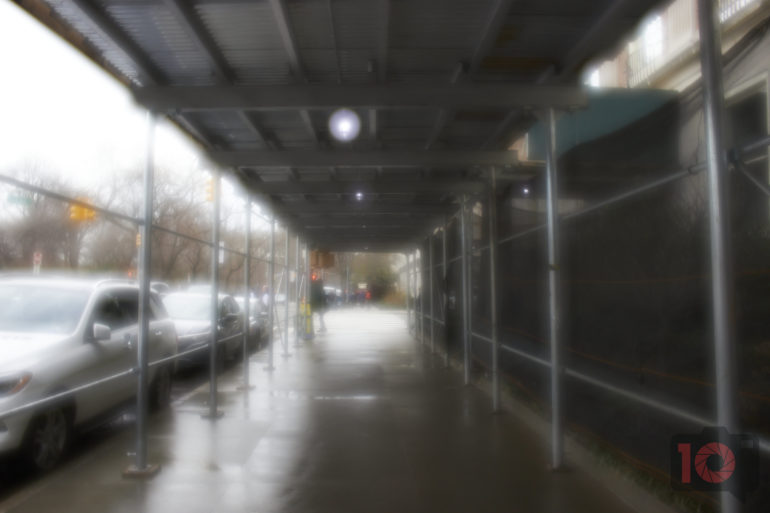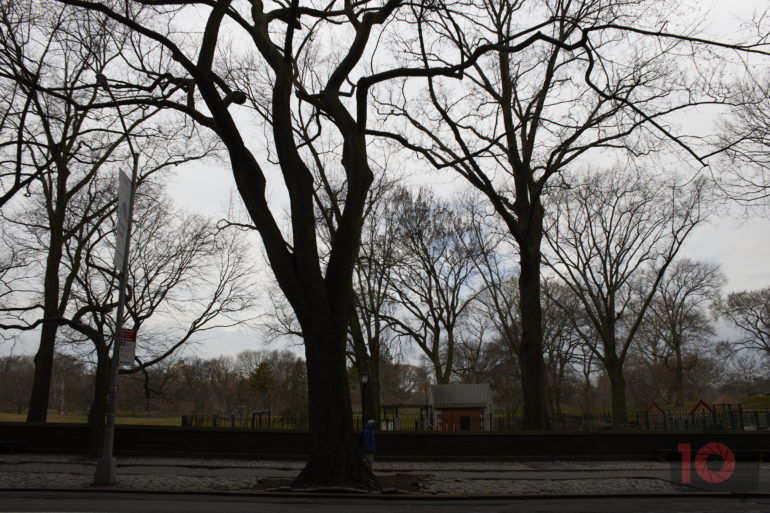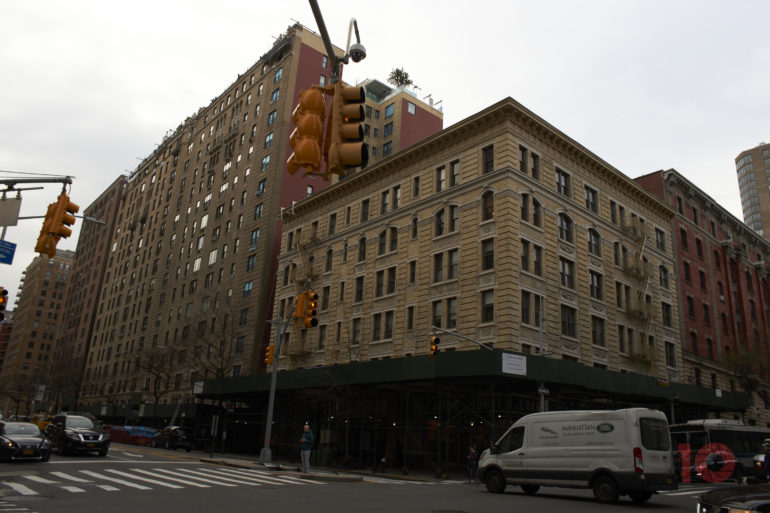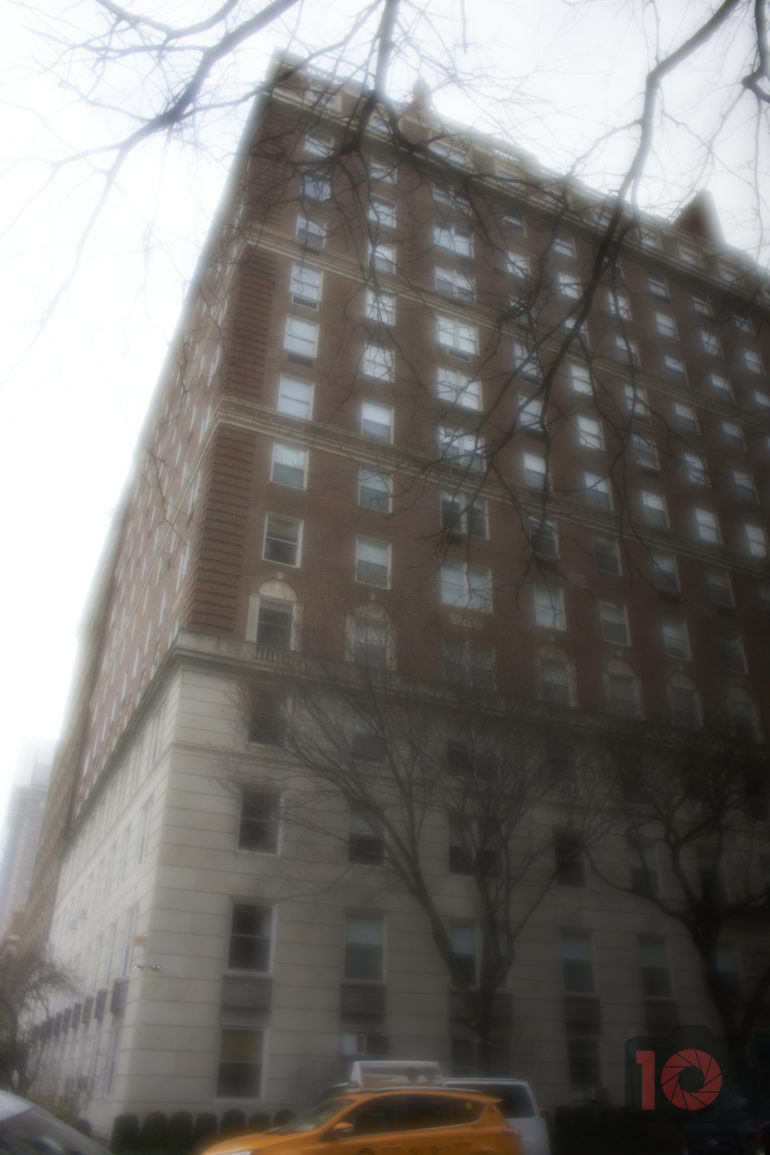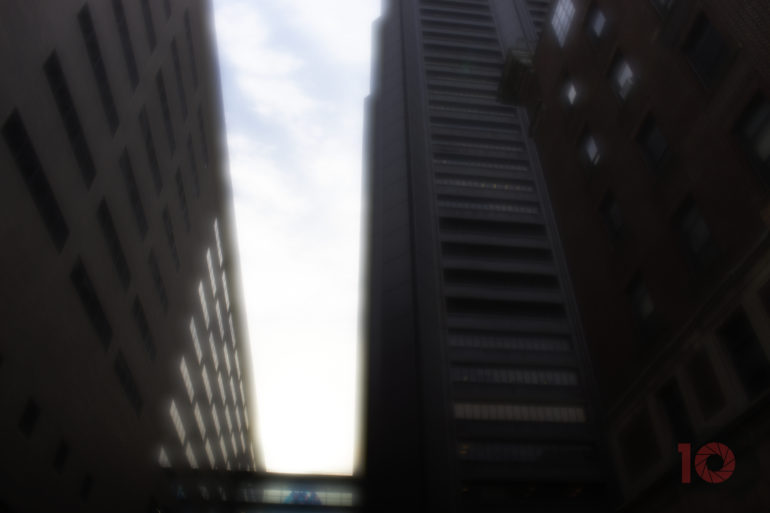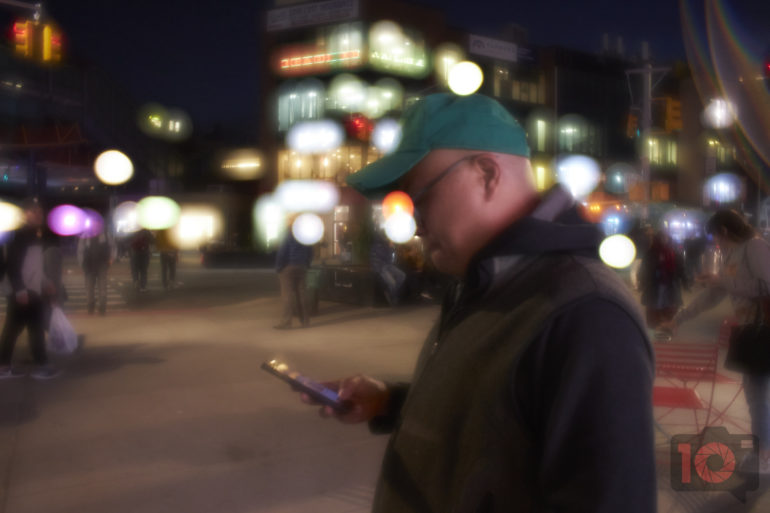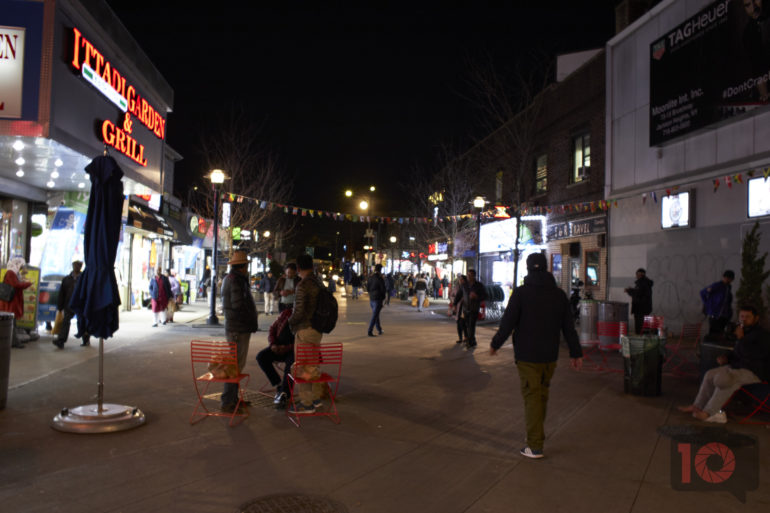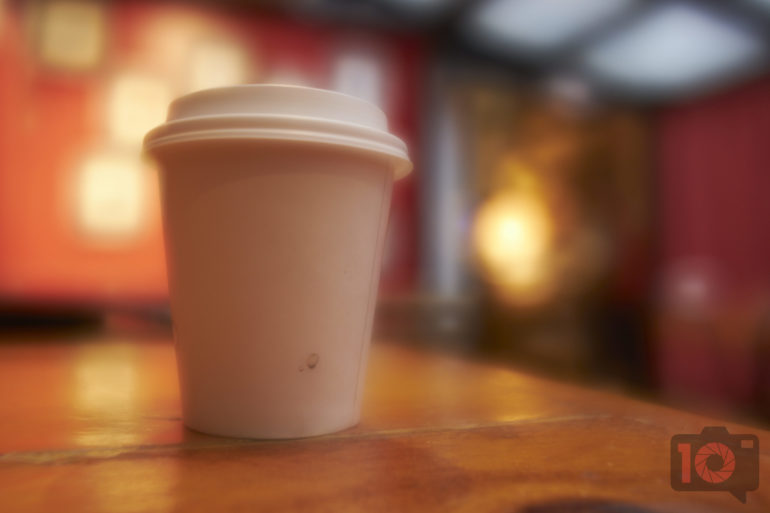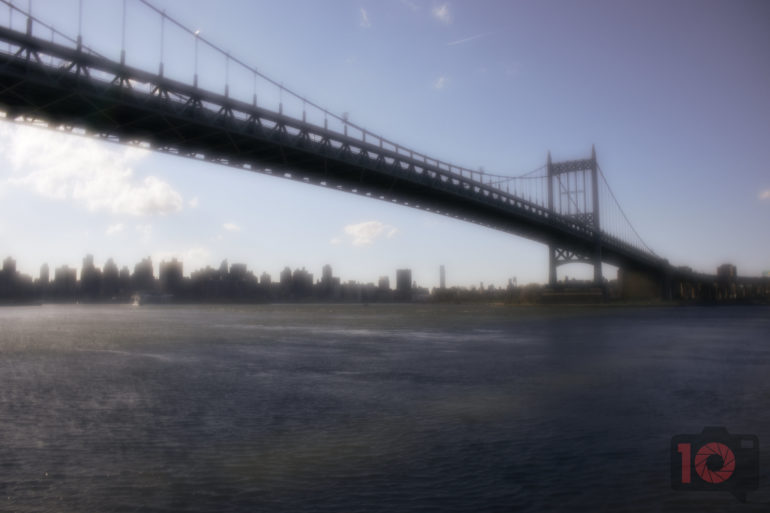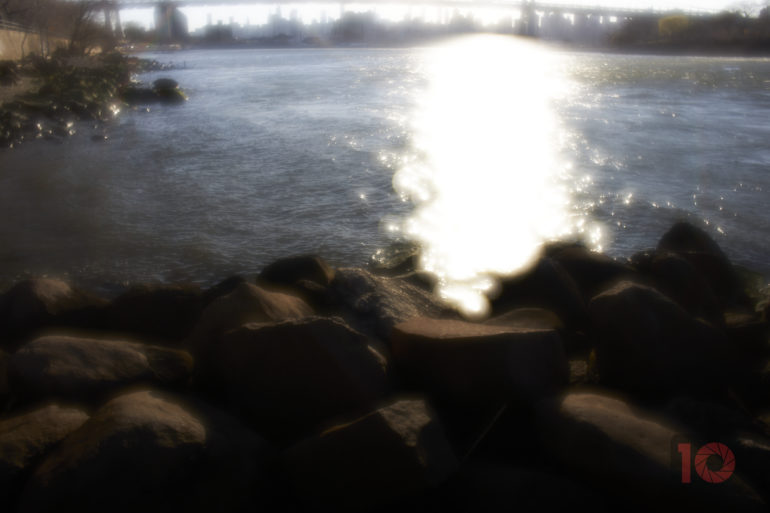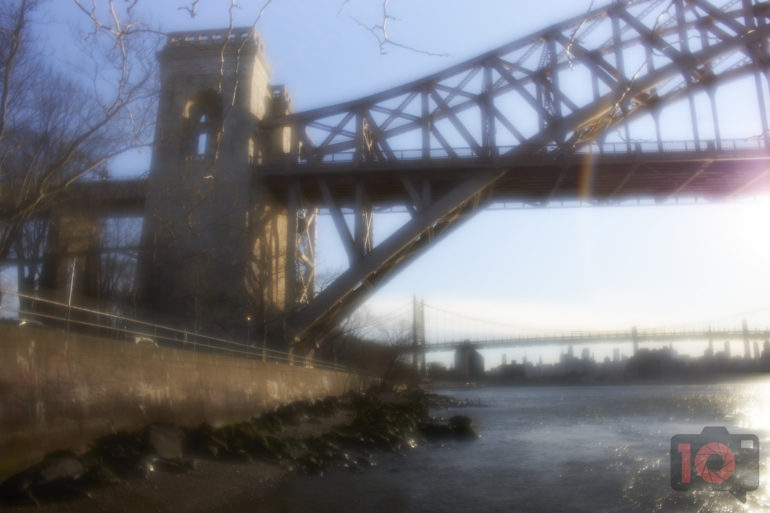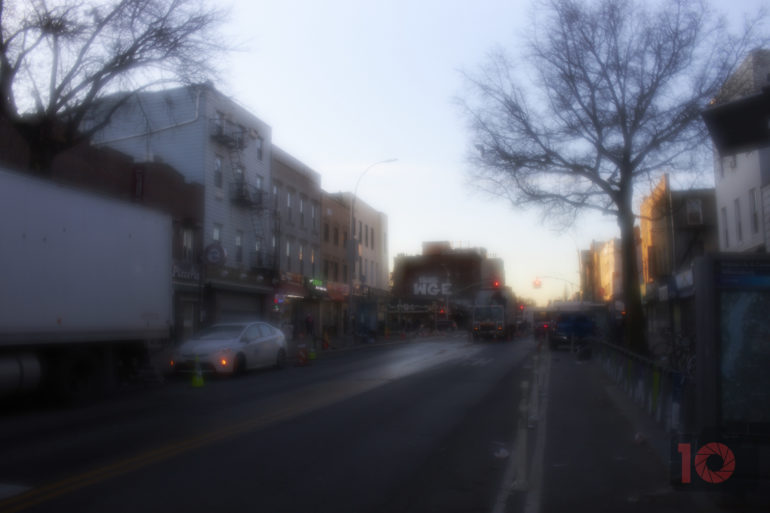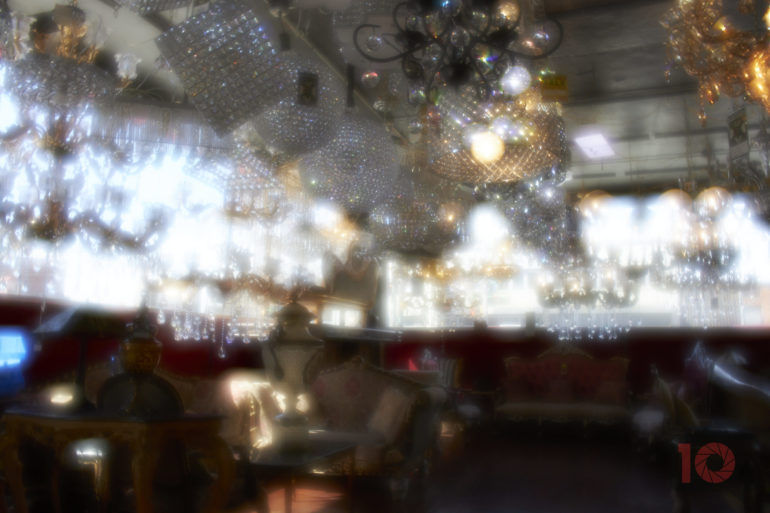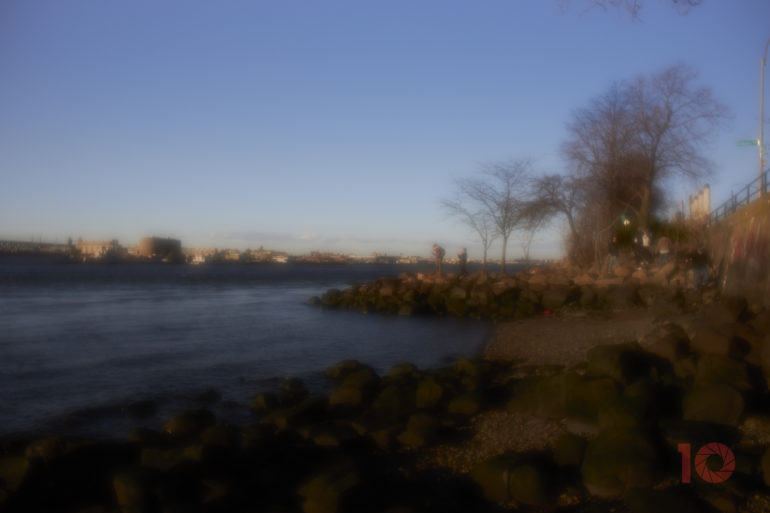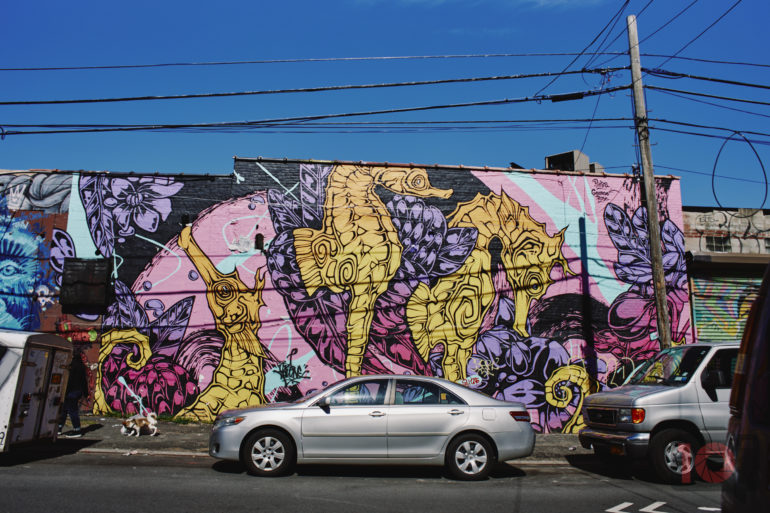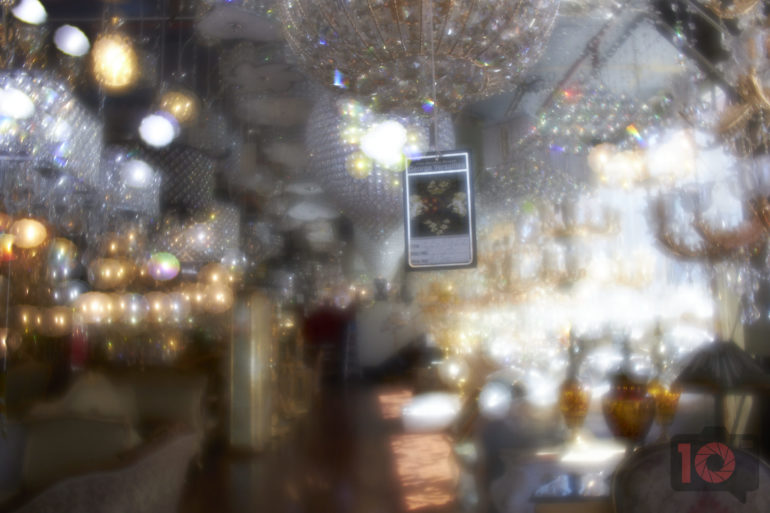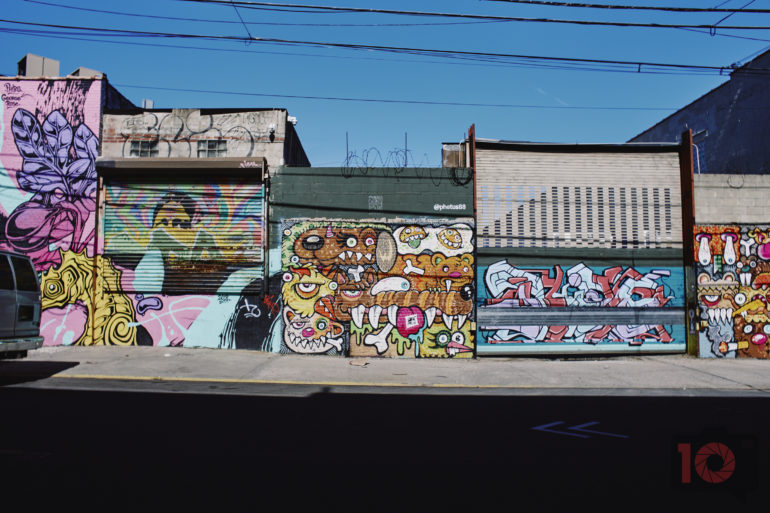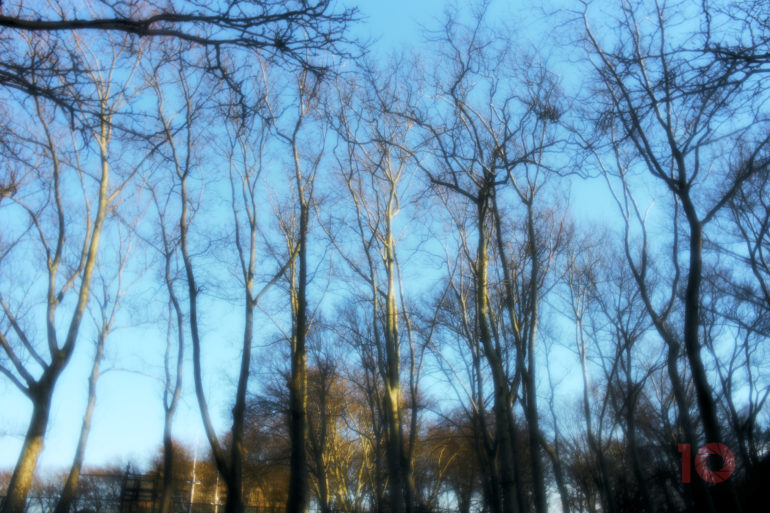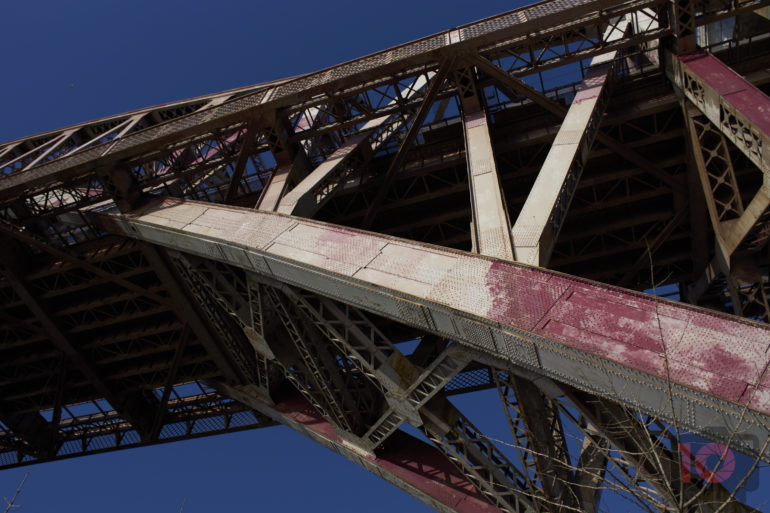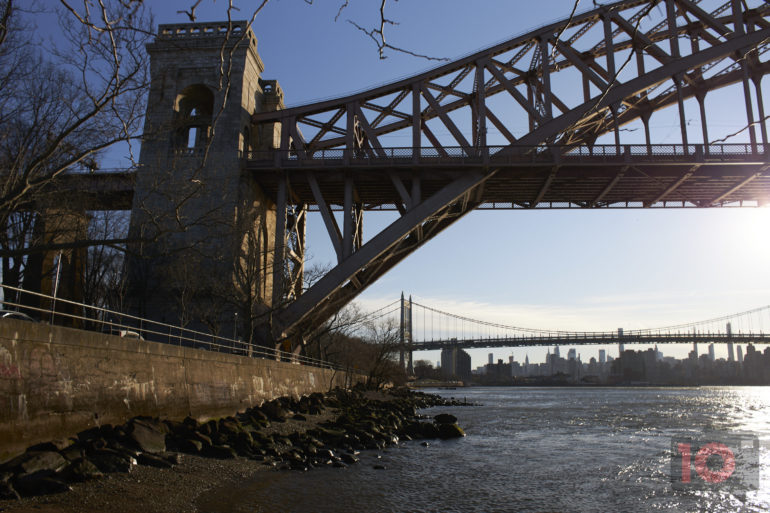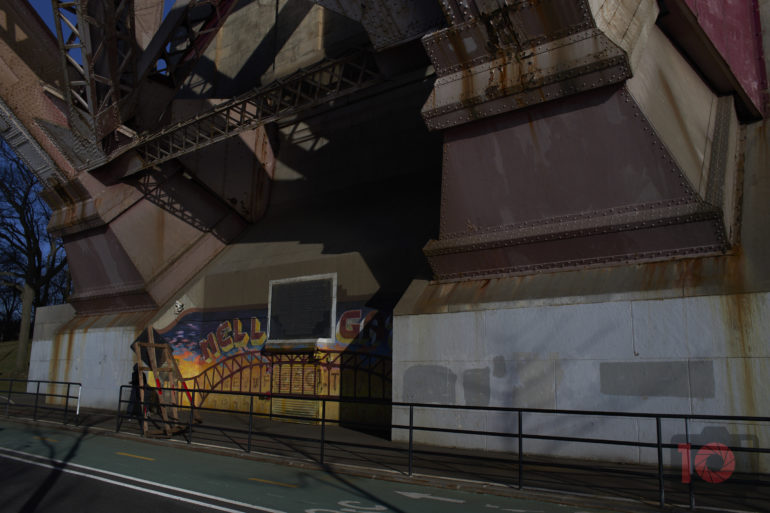The blur is worth embracing with the Lensbaby Velvet 28.
As this piece is being written, it’s becoming more difficult to drown out the cries of anger from photographers bound to misunderstand the Lensbaby Velvet 28. I didn’t get it either until I really started applying it to my own photography. This has to be Lensbaby’s softest and more blurry lens yet. And in fact, it’s very much designed to be that way. With an f2.5 aperture, photographers will be happy to know that the quirks about this lens allow it to be opened up slightly beyond that. I’m not going to call it a one-trick pony as it can become pretty sharp when stopped down. But, this lens is designed for a photographer that wants to embrace the world in a specific way. How often do you want the world to look like a Monet painting, though? Well, if you like long exposures, the painting method, or being experimental, then you’ll love the Lensbaby Velvet 28; this is a lens for an artist. However, you should know that this is very much a specialty tool.
Video Review
Pros and Cons
Pros
- Solid metal build quality
- Can be very fun
- Very soft images at wider apertures
- Very sharp when stopped down
- Small
Cons
- Hard to focus because it’s so soft, and the depth of field scale isn’t always reliable
- Not quite sure I’d pay $549.95
- It’s probably about time that Lensbaby started putting exposure and focusing contacts in their lenses
- If this thing had weather sealing, it would be the single most enjoyable lens to use in the rain
Gear Used
We tested the Lensbaby Velvet 28 on the Canon EOS R.
Tech Specs
- Focal Length: 28mm
- Aperture Range: f/2.5 – 22 with bonus ⅓ stop of light (indicated by + on aperture dial) beyond 2.5
- 12 aperture blades
- Minimum Focus Distance: 2 inches
- Maximum Focus Distance: Infinity
- 67mm filter threads
- Focus type: Manual
- DSLR version Size/ Weight: 1.04 lb (471.74g)
- MIL version Size/Weight: 1.31 lb (594.2g)
- 8 multi-coated glass elements, in 7 groups
The Velvet 28 comes in standard lens mounts, including Canon EF, Nikon F, Canon RF, Nikon Z, Sony E, Fujifilm X, and Micro Four Thirds. It will be available for pre-order $549.95
Ergonomics
Like any other Lensbaby lens, the Lensbaby Velvet 28 has a metal cap. In fact, the entire body is metal and built very solidly. Hit the cap against the body, and it’s going to sound like a Zeiss lens.
Here’s the front element. It’s recessed into the lens body a bit and allows you to put a filter on it. We found that using Polarizers gives the best image quality. The colors are better, the images are sharper, etc.
Here’s the main body of the Lensbaby Velvet 28. The aperture control is near the mount, and the focus ring is towards the front. There is a zone focusing scale that’s designed to work best with 20MP sensors. Here’s what Lensbaby told us:
The funny thing about being an expert TTL focuser with Leica lenses is that focusing with our Velvet lenses is nearly the opposite. We’d guess you are looking for contrast when you focus, but with Velvet lenses you want to focus for the details. So if you aim to give the eyes the most contrast with Velvet, you’ll miss they eyes but get the ears in focus. For more detail on the 20MP vs 30PM, etc: The current Hyperfocal scale is a bit too wide for f/8 & f/16. The f/16 hyper focal scale on the prototypes is close to the final f/22 hyper focal scale. If you use a 30MP camera it will have a slightly smaller depth of focus so you may find that setting focus just a little narrower than the lines will work. However, 30MP is overkill for all but the largest prints and so nearly any mode of displaying that image will be lower resolution than the error in the hyper focal scale. R&D has tested the focus scale at all marked distances on three random samples and it was spot on on all three. Stopping down to f/4 (or maybe f/5.6) is essential for setting focus to ensure best detail. Focusing wide open or at f/2.8 can yield an image with good contrast but poor detail.
With that said, you probably shouldn’t rely on the zone focusing scale.
Build Quality
There are both good and bad things about the Lensbaby Velvet 28. It’s made of metal on the exterior, and the build quality there is solid: folks will love that. But the problem is a lack of weather sealing. I’d typically never say this about a Lensbaby lens, but of any optic they’ve made, this is the single one I’d want to shoot with while in the rain. If you can imagine bright city lights reflecting off of the streets because of a storm, you understand what I’m talking about. Imagine all the reflections being blurry because of how this lens works. I feel like Lensbaby missed an opportunity here, especially for the price point.
But otherwise, the Lensbaby Velvet 28 is pretty solid. Something to note is that the aperture ring actually goes beyond f2.5 to open wider. Perhaps that’s why they’re calling it the Lensbaby Velvet 28 and not the f2.5. We’re just calling it the f2.5 because that’s the widest marked aperture.
Something else to expect: this lens is small and feels great in hand. That’s because of the design of the rings around the focusing and aperture rings. You’re always going to have a good grip on this lens.
Ease of Use
So basically, this lens is more natural to use on APS-C and Four Thirds bodies; on full-frame bodies, it’s more complicated. You have to rely on focus peaking when shooting on a full-frame body. Magnifying your subject helps too, but ever so slightly. The lens is pretty soft wide open, and details only become visible when stopping down past f4. I purposely shot the above photo at the slower shutter speed and dragged the camera down. It gave me a very painterly look I’m in love with. For photography like this, you’re never going to get bored as long as you’re careful about your subject matter. But the thing is that if you’re shooting like this, you’re putting foresight into your shots; you have to imagine what the shot will look like when blurred.
Focusing
The Lensbaby Velvet 28 is a manual focus lens. It would be a million times easier to work with if there was full communication with the camera you’re using, but you instead have to rely on focus peaking and magnification. And that’s annoying. When stopping the lens down a lot, you won’t have any trouble. F8 and landscapes with the Lensbaby Velvet 28 are lovely to look at. And when you add in a Circular Polarizer, you’ll be getting even better photos.
Image Quality
You can’t really compare the Lensbaby Velvet 28 to anything else out there. While many lenses play the measurbation game, the Lensbaby Velvet 28 slaps that in the face and lives its best life. The image quality is soft, and even when it’s sharp it’s not going to win any awards. The bokeh is always there, and it never disappears, really. And no matter what, photographers are going to like it once you understand the effect of the lens. The colors are punchy, and luckily it doesn’t have any issues with purple fringing. But my favorite thing about this lens is how you can be more creative and deliver truly unique images if you embrace its flaws.
Quick Note: The following images were edited by us:
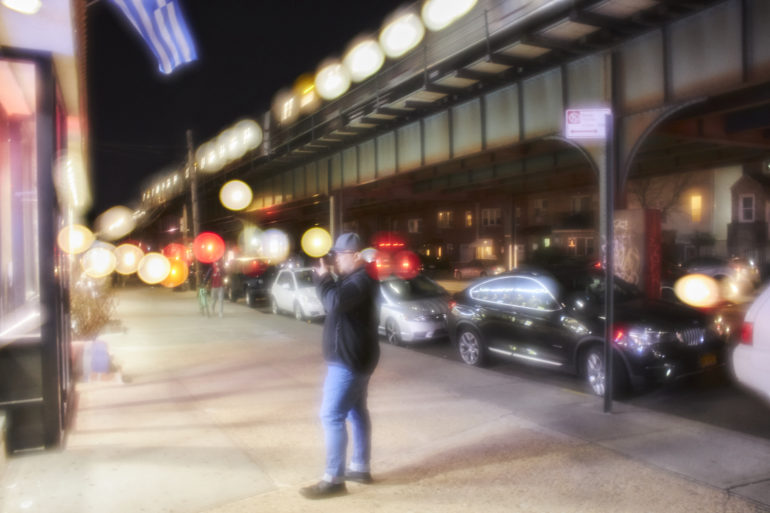
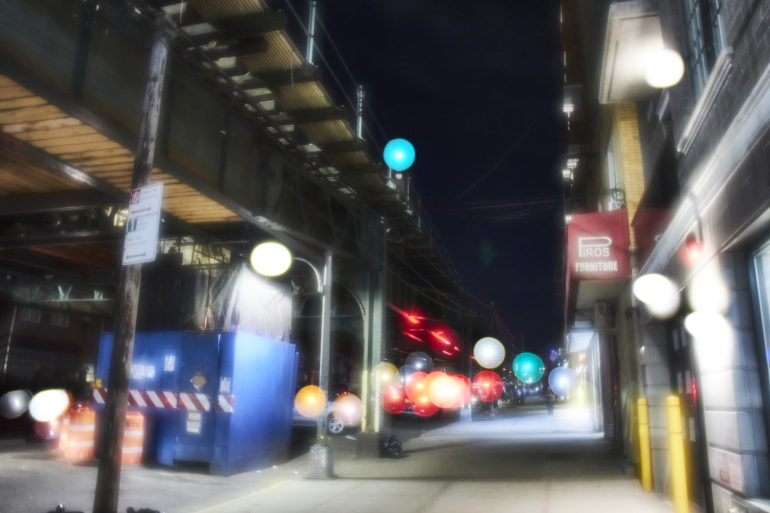
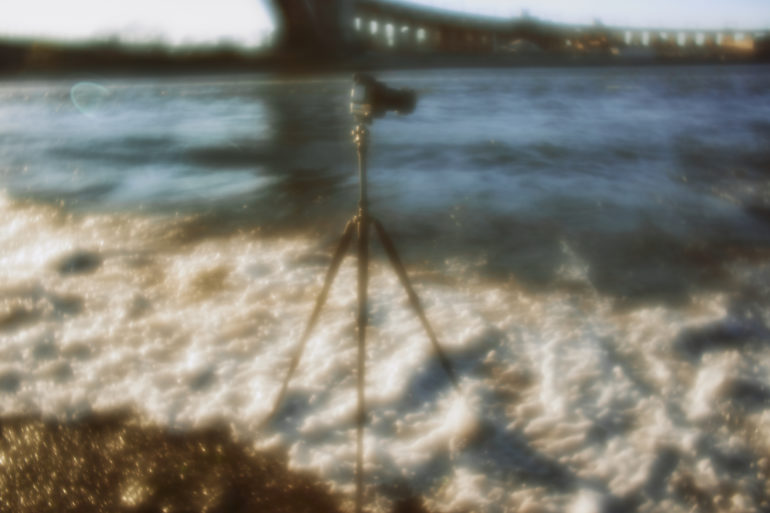
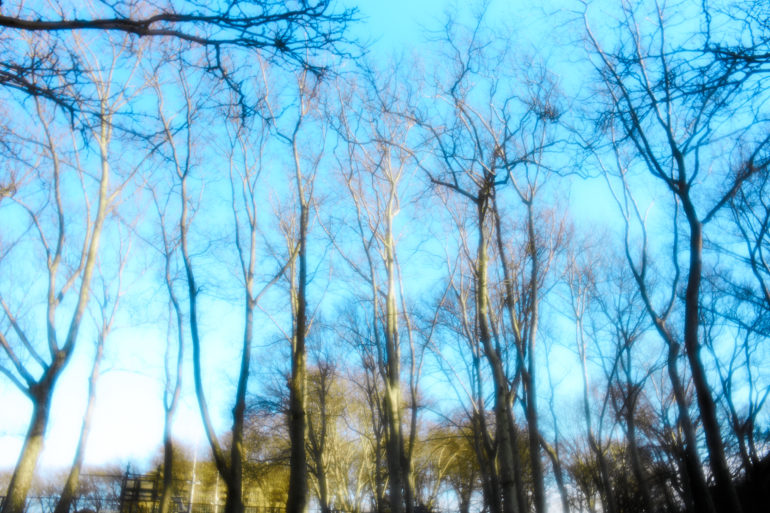
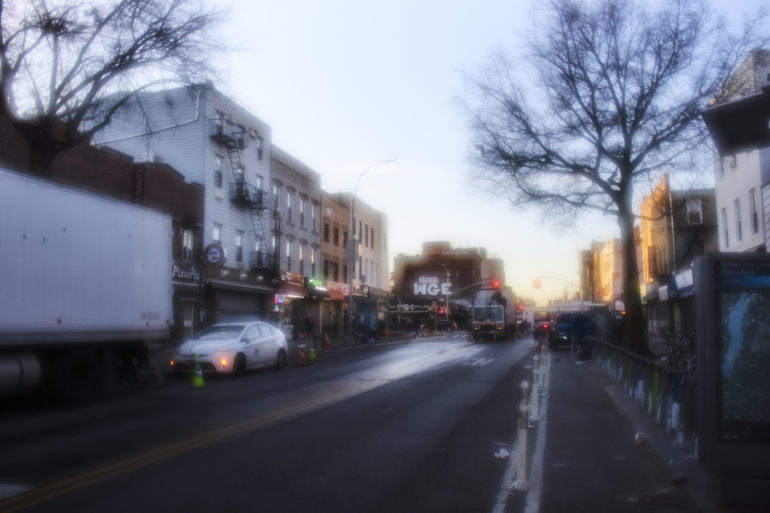
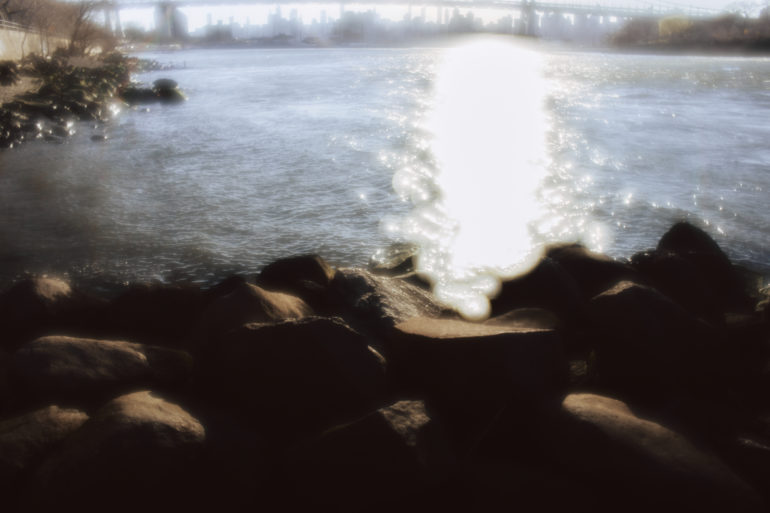
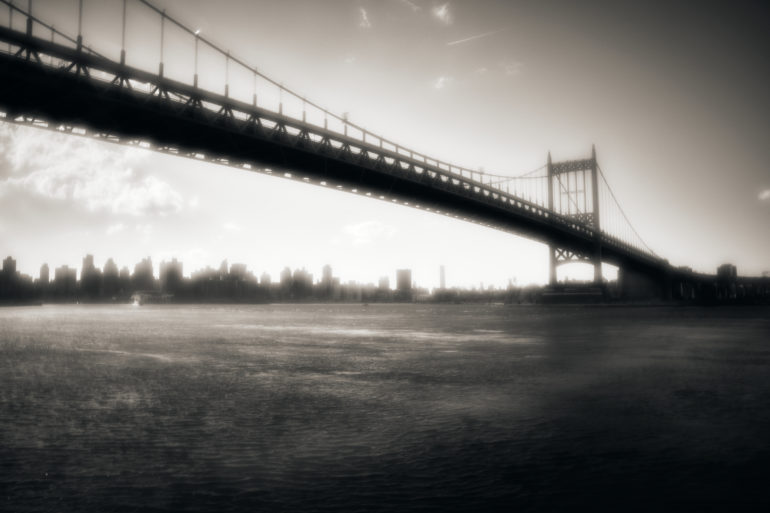
One more quick note: we did no post-production to these images. But if you want to most from this lens, then we recommend doing some post.
Bokeh
IF you’re a fan of bokeh, this lens has all the bokeh. In fact, the Lensbaby Velvet 28 has so much that you’re never going to run out of it. If you want to think about it in a specific way, it’s like wearing glasses with oil on them at all times. The details are lost and even more so because it’s always soft.
Chromatic Aberration
We couldn’t find any issues with chromatic aberration in the images this lens produces. It’s got distortion, but we can live with that.
Color Rendition
The color rendition of the Lensbaby Velvet 28 is the best thing about it for sure. The colors are vivid, punchy, and gorgeous. This helps to add more to the painterly look it delivers. Again, the folks who like paintings will adore the Lensbaby Velvet 28 for the images it can provide.
Sharpness
Stop the lens down to get the best sharpness. At f5.6 the lens is acceptably sharp enough for most uses. But open the aperture up, and it’s going to get all blurry again. This really shouldn’t be a lens judged for its sharpness. It’s not really designed for that.
Extra Image Samples
Conclusions
Likes
- Image quality
- The painterly look
Dislikes
- No weather sealing
- A tad pricey
- A bit too niche
I like the Lensbaby Velvet 28 for artistic purposes, but when I buy a lens, I want to be able to use it for pretty much anything. And you can say that about any Lensbaby lens, but the other ones aren’t this soft wide open. The Lensbaby Velvet 28 is purposely designed to be super soft. And if you want to embrace that look for creative purposes, then please do so. I encourage anyone looking to seriously experiment to purchase the Lensbaby Velvet 28, but know that you shouldn’t consider it a 28mm replacement. Think of it as a supplementary lens of some sort. And make no mistake that you’re paying for that novelty. If you want your images to have that lovely softness that you’re going to edit in post, then go right ahead.
The Lensbaby Velvet 28 receives four out of five stars.


